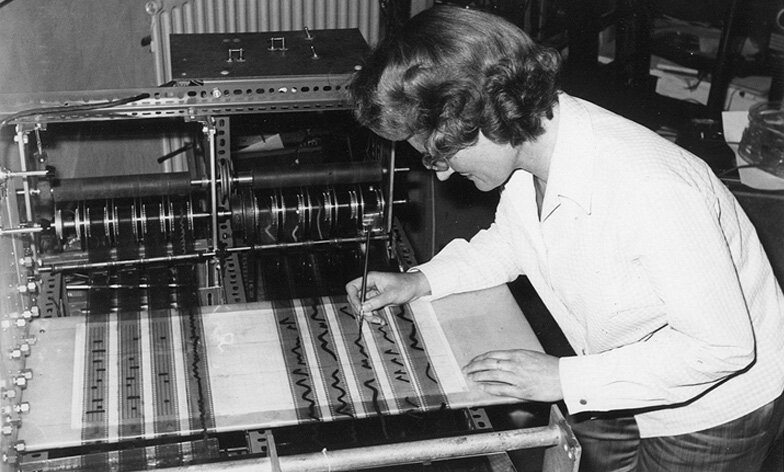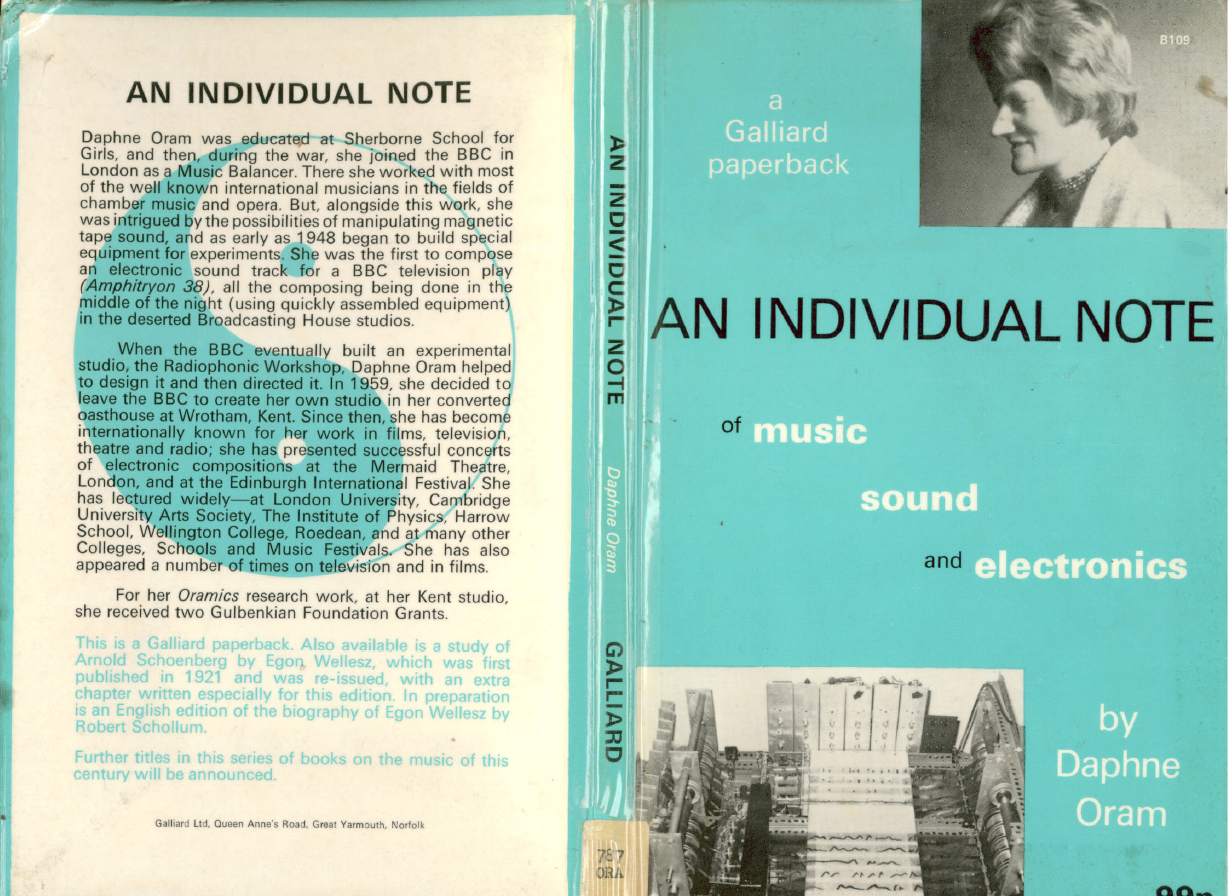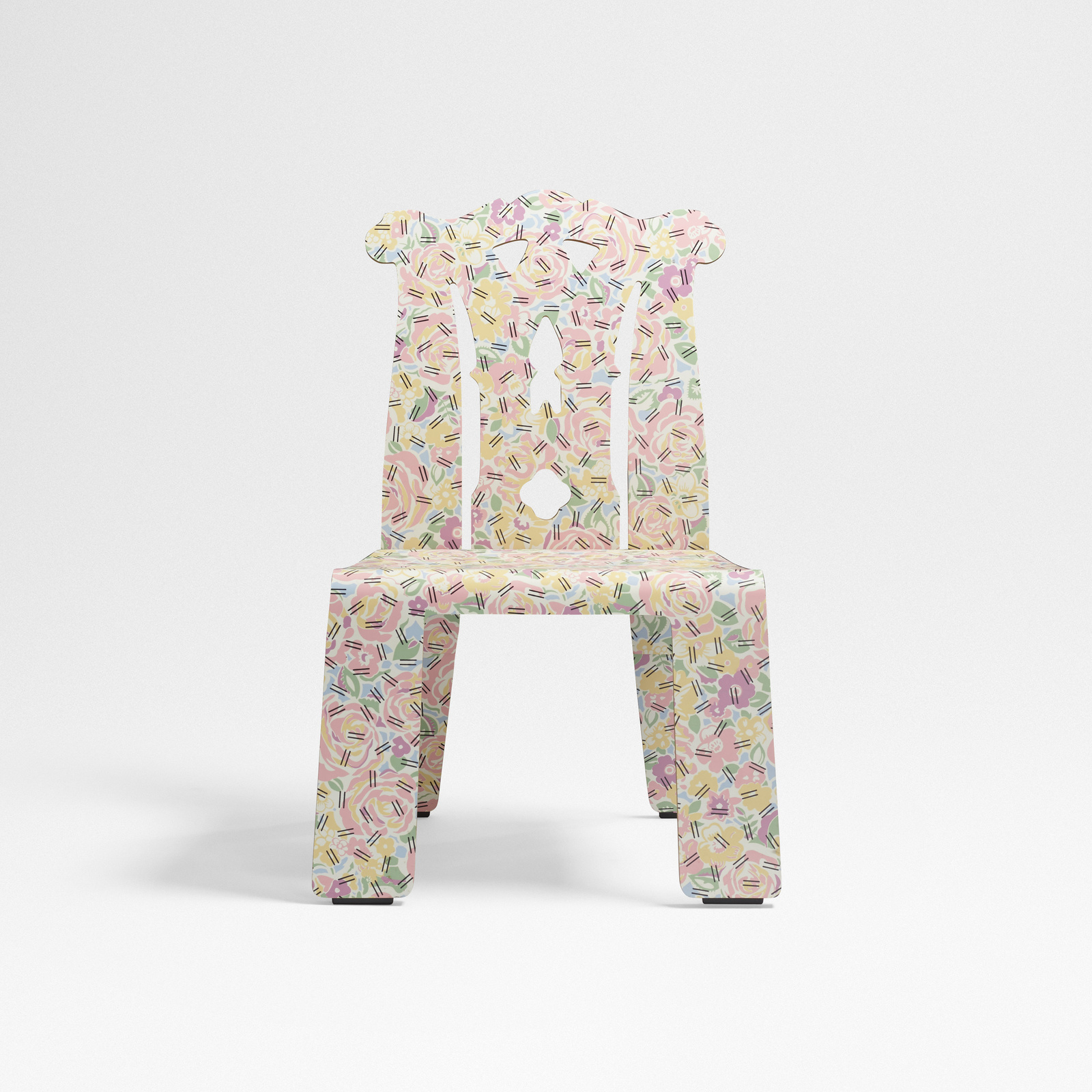Found this gem of a person through a commercial that has been playing on tv and youtube. The commercial plays Kate’s song “People’s Faces”. I find this quite beautiful. It sticks with you. It’s a smile through tears.
Besides scaling my parents’ chimney with a friend and a few trips to a climbing gym when I was eleven, I’ve been an armchair rock climber for over thirty years, which was also set off by a middle school gym teacher bringing in his climbing gear for show and tell after he climbed Mt. McKinley/Denali. Every now and then I get the urge to jump back in and see what’s happening on the scene, watch as many videos as I can of climbers and slackliners, and think about energy, being, and the natural world.
I recently found Brad Gobright in a sad fashion, unfortunately on Rock and Ice’s list of “Climbers We Lost in 2019”. His memorial write-up created a vision of a man so intriguing, pure, and one filled with that amazingly youthful spirit which knows no bounds because there just aren’t any. If you get that sentiment, then you get a large piece of Brad’s being, at least as I perceive it.
If you scour the web for any and all of Brad’s projects, you’ll find Cedar Wright’s “Safety Third,” the time lapsed nose speed record, “Gramicci: Brad Gobright climbs hard trad in Indian Creek” (complete with a Dr. Octagon influenced route shout out), the Dreefee vid where you see Brad encourage climber Ben Hanna’s lead, of course other youtube vids and snippets, and all the memories seen on Instagram and site message boards. It’s all such an interesting snapshot of a beautiful character of doing and being what he loved. He was surely loved.
As the title above teases, it is a reference to a quote taken from Kerouac’s “On the Road” and from the quintessential college poster I had on my dorm room wall:
“[...]the only people for me are the mad ones, the ones who are mad to live, mad to talk, mad to be saved, desirous of everything at the same time, the ones who never yawn or say a commonplace thing, but burn, burn, burn like fabulous yellow roman candles exploding like spiders across the stars and in the middle you see the blue center light pop and everybody goes “Awww!”
I came into Daphne Oram’s orbit while researching for a project revolving around architecture and sound several years ago. She was a sonic visionary and inventor of the Oramics Machine. The machine created music and sound through graphical interpretation. In essence, it’s a machine that plays one’s imagination. See below for some images.
This was all back in the ‘50s - ‘60s and cements Oram as the grandmother of electronic music. It’s all incredibly fascinating in relation to the exponential boom in electronic music today with DAWs such as Ableton Live and software like Max/MSP/Jitter.
Oram’s book, “An Individual Note”, can be viewed online here and a more in-depth article here.
Oramic Machine
Oram at work
Interesting addition to have a yin and yang symbol on the back cover
The 2016 Rio Olympics, however successful and safe they will amount to be, is coming like winter. As is the case with every Olympics, excitement becomes an understatement for tons of athletes, fans, and armchair enthusiasts world-wide. The defeats, wins, and record breaking performances are certainly a spectacle which has been elevated to new heights thanks to social media and tech in general, and let's not forget shameless bravado made popular by the late Muhammad Ali.
While now is always an impressive time to be in, the past preserves absolute time, complete with layers and layers of all the dirt and refuse, interlaced with deposits of cultural diamonds.
One such diamond is 16 Days of Glory, a documentary of the 1984 Los Angeles Olympics, directed by Bud Greenspan and narrated by Greenspan's brother, David Perry. Perry's almost computer-like delivery is brilliant and direct, backed with fan cheers, inserted participant dialogue and vignettes, and a musical score, in true '80s form, elicits added emotional connection. The attention and depth of the back stories of athletes are captivating, especially for a wide-eyed seven year old (me watching it for the first time back in '86).
Vignettes include a juxtaposition between Jesse Owens and Carl Lewis, a massive emotional explosion between Bela Karolyi and Mary Lou Retton which reminds me of everyone's reaction to McKayla Maroney's jaw-dropping vault at London's 2012 Games, a beautiful segment with diver Greg Louganis and coach Ron O'Brien, and the chill inducing, heat resisting, stadium entry of Joan Benoit at the end of the first-ever Olympic women's marathon. (Damn, it's good to see that USA on the front of Benoit's jersey as she enters the stadium and also amazing to see the late Grete Waitz come in second.)
16 Days of Glory is not superficially digestible televised candy celebrating forgettable human idiocy, it is a savory treat which educates, mesmerizes, and entertains all at once.
Find your eye fixed on the vaulted tile work of Grand Central's Oyster Bar, NYC's Bridgemarket, or City Hall's Subway Station?
Photo: Michael Freeman/Alamy
Photo: Michael Freeman/Alamy
Photo: from AD and Courtesy of the Biltmore Company
It's all the work of architects, engineers, and designers Raphael Guastavino and son Raphael Guastavino, Jr., a father and son who immigrated from Valencia, Spain to the US in 1881, and are, in my mind, American originals.
They landed in the US with a recipe for fire-resistant structural tile work, capable of producing complex geometry and withstanding great loads with little thickness- think vaults four inches thick and spans as large as one hundred feet in diameter, seen at the Crossing of the Cathedral of St. John the Divine.
Beyond the superficial, Guastavino tiles are rooted in geometry and structure, keen design and engineering, complete with a mixing of cultural and architectural expression. The technique of vault construction creates a material weave consisting of a three tile tier, sandwiched by plaster and Portland cement. The vaults strength is impressive in relation to its thickness.
The Guastavino's have many examples of work in public spaces throughout the country and worked in the company of McKim, Mead, and White, as well as Robert Morris Hunt, although have stayed shy of weighty recognition in the architectural history books, perhaps because they're viewed as the consultant or contractor, despite their design input and architect status.
However, the Guastavino character is slowly on the rise, inching its way into contemporary dialogue, whether through slideshows on Architectural Digest or mentions in Bloomberg or through the research of MIT professor John Ochsendorf (great lecture video) and inclusion in the Avery Architectural Archives at Columbia University.
In addition, this website talks about Raphael Jr's experiments and interest in lustre glazes, which reaches into the historic tiles and pottery of the Persian and Moorish traditions.
Quite beautiful.
Trickle Up
vvv ^^^
Trickle Down
Having a moment with this song and video by Jay Watson of Tame Impala fame.
Per the spinning top website:
"The self-prophesising ‘Anesthetized Lesson’ transports the listener to a funk-drenched hyper reality. A diverse group of vocal manipulations and synths materialise around the landscape of the song, which plays with colours and textures that appear blissfully out of reach."
There are a lot of special characters one meets throughout their lifetime. Several of which I find myself running into lately include:
Kanagawa Art Festival Poster
1984
Technique: Offset printing
Size: W728 x H1,030 mm
Client: Kanagawa Prefecture
"...I attempted to translate the lines into dots."
Smith Chart
The Smith chart, invented by Phillip H. Smith (1905–1987), is a graphical aid or nomogram designed for electrical and electronics engineers specializing in radio frequency (RF) engineering to assist in solving problems with transmission lines and matching circuits. more here
Recently read about Irving via George Nelson and the iconic Marshmallow Sofa. I learned today that he passed away yesterday, 8/4/2015. He was 99. Check his book Works In Paper, you're in for a treat.
Irving was the guy behind the guy who actually was the guy.
Found Petite Noir on Pitchfork's "Overlooked Records of 2015". If you're in the mood for something more of a chill inducing build and ride through a song, as opposed to the cookie cutter compartmentalized stitchery of radio candy canes, then check out Yannick Iluga's stuff. The video for Chess has gotstobe the best thing ever.
"It's real shit right here."
-from Chess, 0:57.
Ran into Steve's work while working at a record store in VA back in the day, he had done the cash wrap and other pieces in the store. Eight years later I was playing darts at a local bar in Brooklyn and noticed a few of his paintings on one of the walls because, well, they're unmistakable.
Steve's done some 250,000 paintings, including album artwork for Pavement. The paintings are done in an immersive factory line - meticulously quick, methodical, explosive - and are fairly cheap, much like buying a CD.
What's best is that he does them himself.
Check his site for more work and maybe check out the studio on a Sunday: Steve Keene




















































